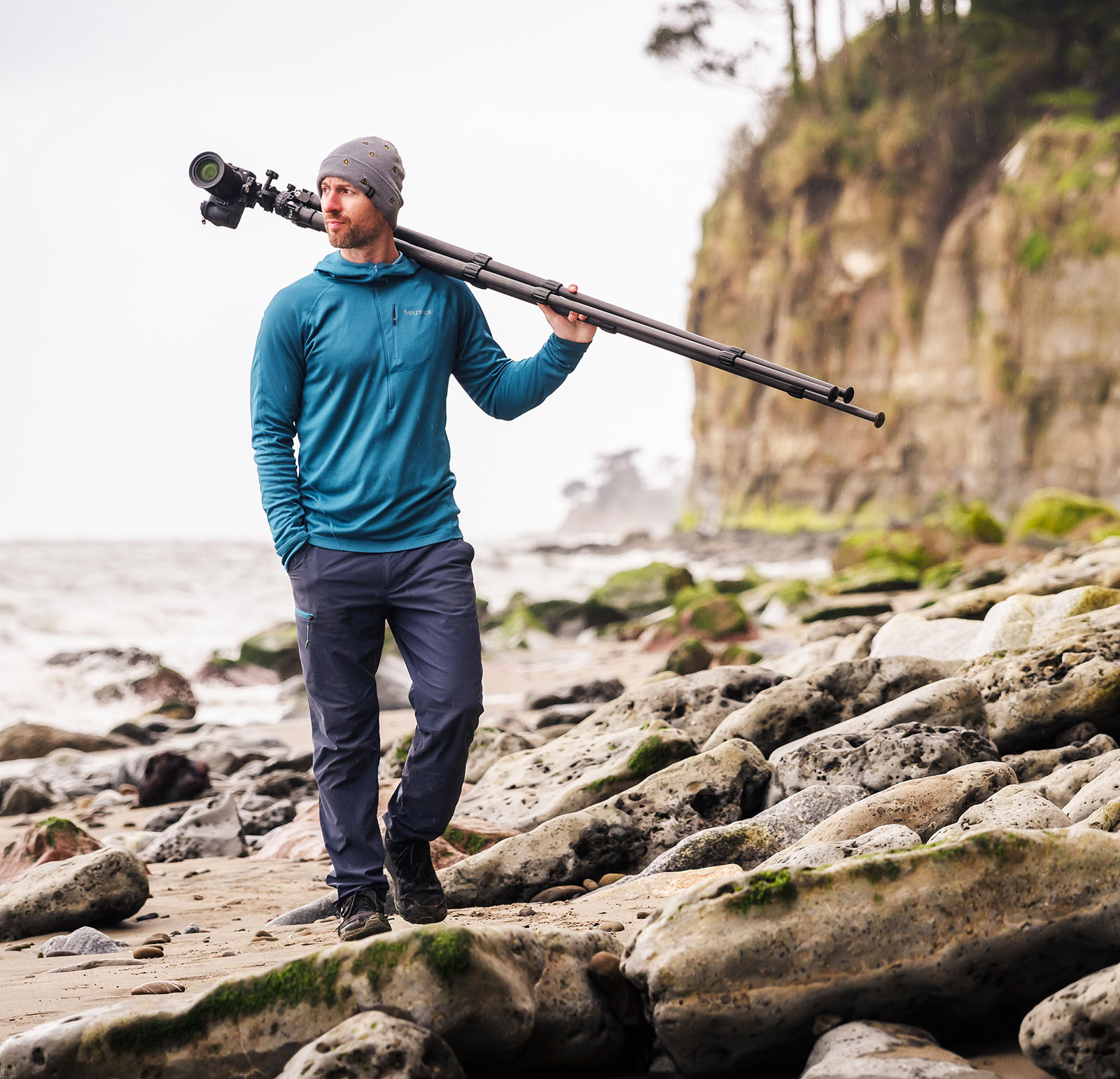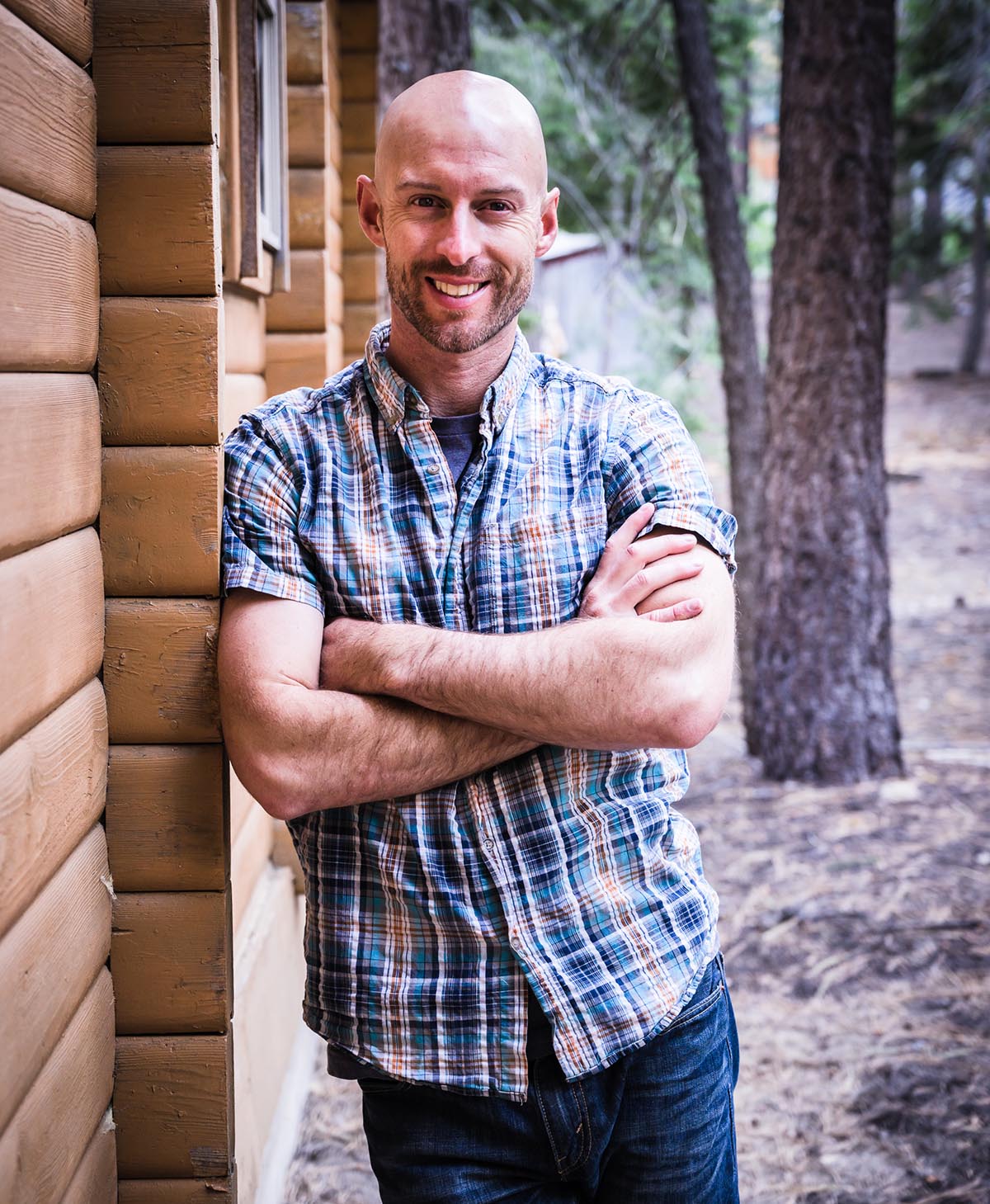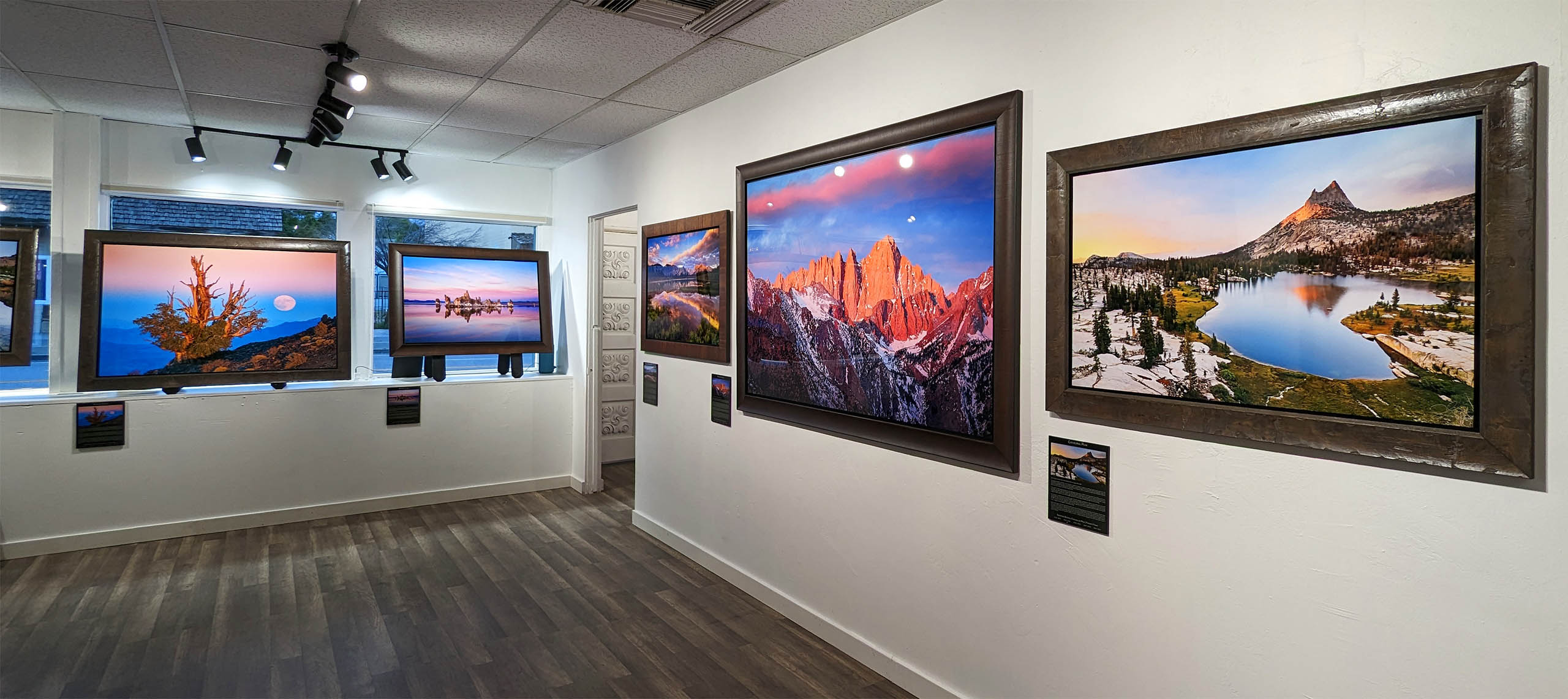Episode transcript:
Hi all, Josh Cripps here and I’m going to show you 4 things you can do RIGHT NOW to become a better photographer
1) Shoot jpeg only (for the next week)
Ok, before you shut off the video hear me out. There’s so much you can do to a raw file in post processing that it often creates lazy technique in the field. Oh, the photo’s underexposed? I’ll just fix it in post. Color, contrast, saturation screwed up? I’ll just fix it in post. But what if you can’t fix it in post? What if all your choices are more or less locked in when you press the shutter button?
Why then you’d really have to take the time to understand what metering is and how to use it. You’ll have to understand what a histogram is and how to use it. You’ll have to take a moment to consider your color scheme and choose your white balance appropriately. To think about noise levels and choose your ISO.
When your options are limited on the back end of post processing, it forces your in-field technique to become a lot better. And if you can take a poor photo and make it good in post, imagine what you could do with a good photo! So try shooting jpeg for the next week and watch your technique improve
2) Shoot vertical
Most landscape photos are done in the horizontal orientation. I mean, heck, it’s even called Landscape format. If horizontal horizontal horizontal describes your shooting style, force yourself to only shoot in the vertical orientation for the next few weeks.
It will feel really restrictive at first, but stick with it, because restrictions are what put the mind into creative overdrive and you will find yourself doing really unique things to fill the frame.
You will be forced to simplify your compositions and clear away any extraneous clutter or empty space on the left and right sides of your shot.
And on top of that it forces you to look at the world in a different way: up and down, as opposed to the normal side to side we live our daily lives in.
That rearranegment of space can bring a fascinating new perspective to your work. And for you wide angle shooters, going vertical with a wide angle lets you get down right on top of your foreground subjects, increasing visual punch and drawing your viewers into the frame.
3) Take 50 steps
From wherever you are right now, grab your camera and take exactly 50 steps. Stop and do not move from that spot until you have taken a photo that you find interesting. Then take exactly 50 more steps and repeat the process. Then again and again.
Pretty soon your usual ways of looking at the world will go right out the window and before you know it you will find yourself hunched over searching the ground, or staring straight up at the trees or buildings, or zooming in on some tiny detail.
Do this enough and you begin to realize there’s beauty and wonder all around us, it just takes a little eye training and the right perspective to see it. Which means that the next time you head out to shoot, you’ll start to notice things you never even realized were there.
4) Use a tripod
Yes, tripods can be clunky, cumbersome, and a barrier to flexibility and creativity. But that’s only at first, and it’s well worth pushing through the hassles of getting used to shooting with a tripod because a tripod offers some serious advantages to the landscape photographer.
First, they improve the technical quality of your shots. By eliminating hand or wind shake from your images you’ll see noticeably crisper details in your shots, which makes a huge difference when you go to print.
Secondly, tripods enable long exposure photos. From silky water motion to streaking clouds, you simply cannot take shots like these without a solid foundation for your camera to rest on.
Finally, the most underrated but incredibly valuable feature of tripods is that they allow consistency and subtle adjustments in your compositions. If you’re shooting handheld and reviewing each shot each time you can only get so close to where you want to be. A tripod lets you approach your killer shot methodically, isolating one variable at a time: exposure, filter placement, compositional tweaks, until you’ve absolutely nailed it.
Ok guys, that’s it. Hope you enjoyed those four simple things you can do to boost your photography to the next level. Don’t forget to subscribe for weekly photography tips and techniques, and for landscape photography, tutorials, workshops and more, visit my website, joshuacripps dot com. Until next time, have fun and happy shooting!


Joshua Cripps is a renowned landscape photographer who has garnered worldwide acclaim for his breathtaking images of our planet’s wild places. His photos have been published by the likes of National Geographic, NASA, CNN, BBC, and Nikon Global.

The Mt. Whitney Gallery was founded in 2023 by Joshua Cripps as a way to share his passion stunning landscapes of the Sierra Nevada and beyond.
Set at the foot of the breathtaking Sierra with a view of the range’s highest peaks, the gallery features large format, museum-caliber fine art prints of Josh’s signature photographs.
Course Login | Results Disclaimer | Terms and Conditions | Privacy Policy
© Copyright – Joshua Cripps Photography
